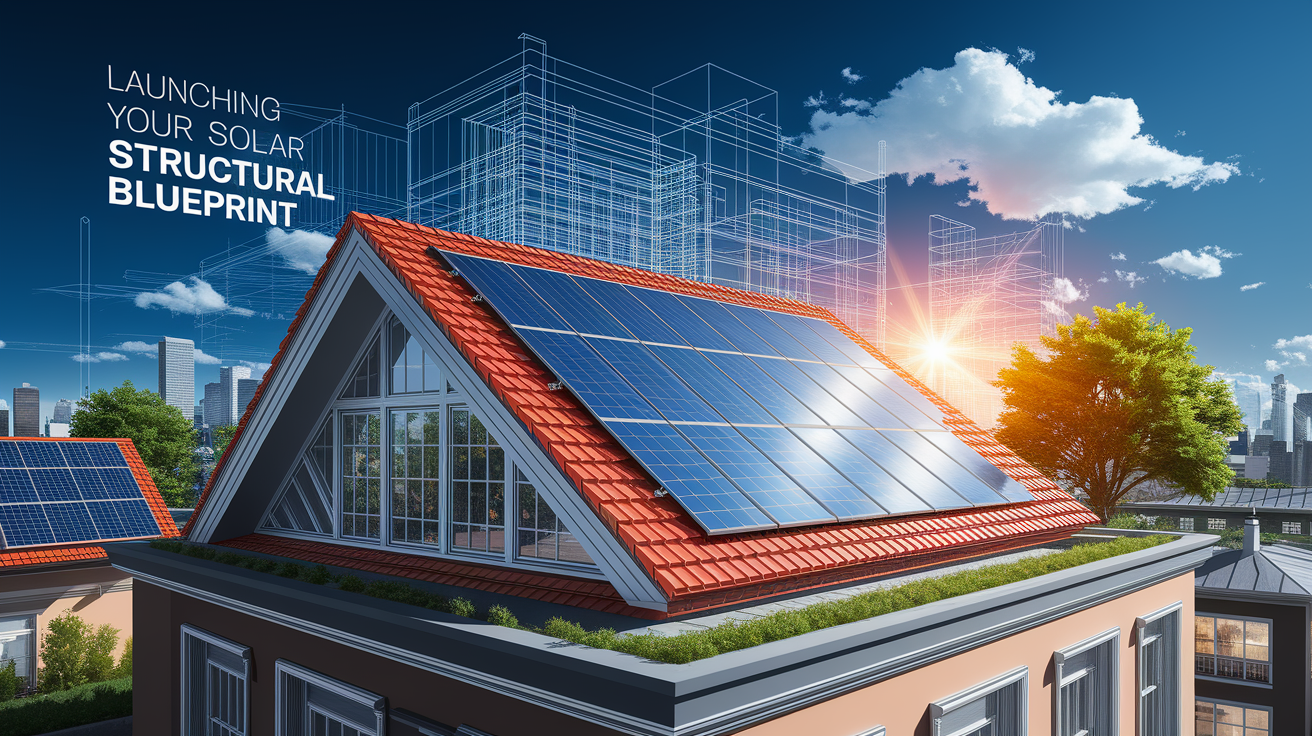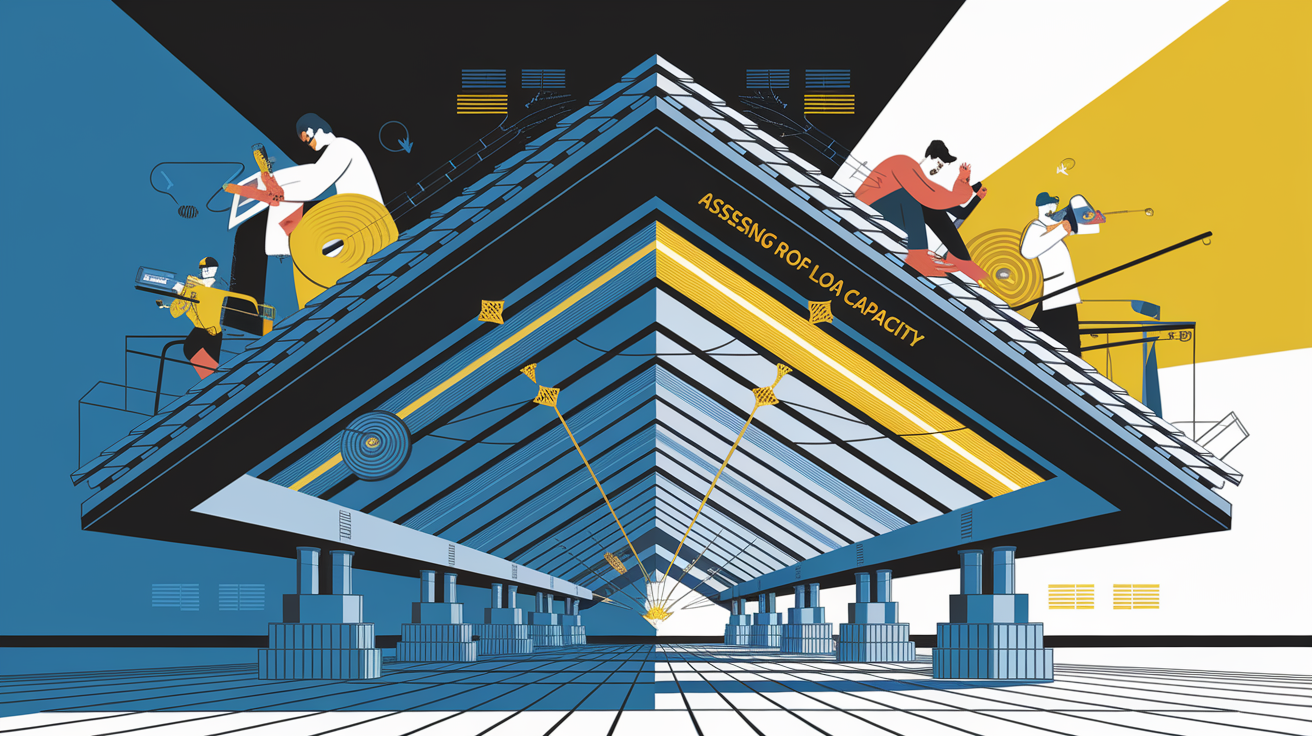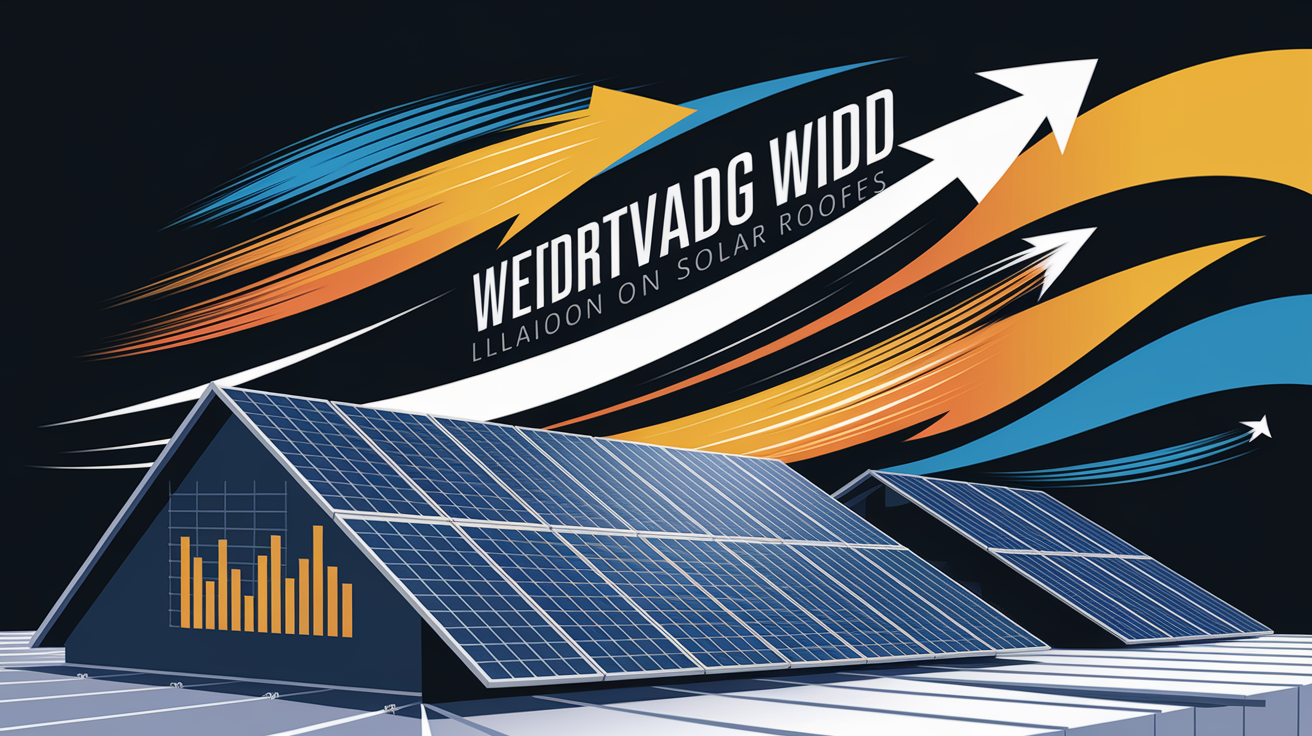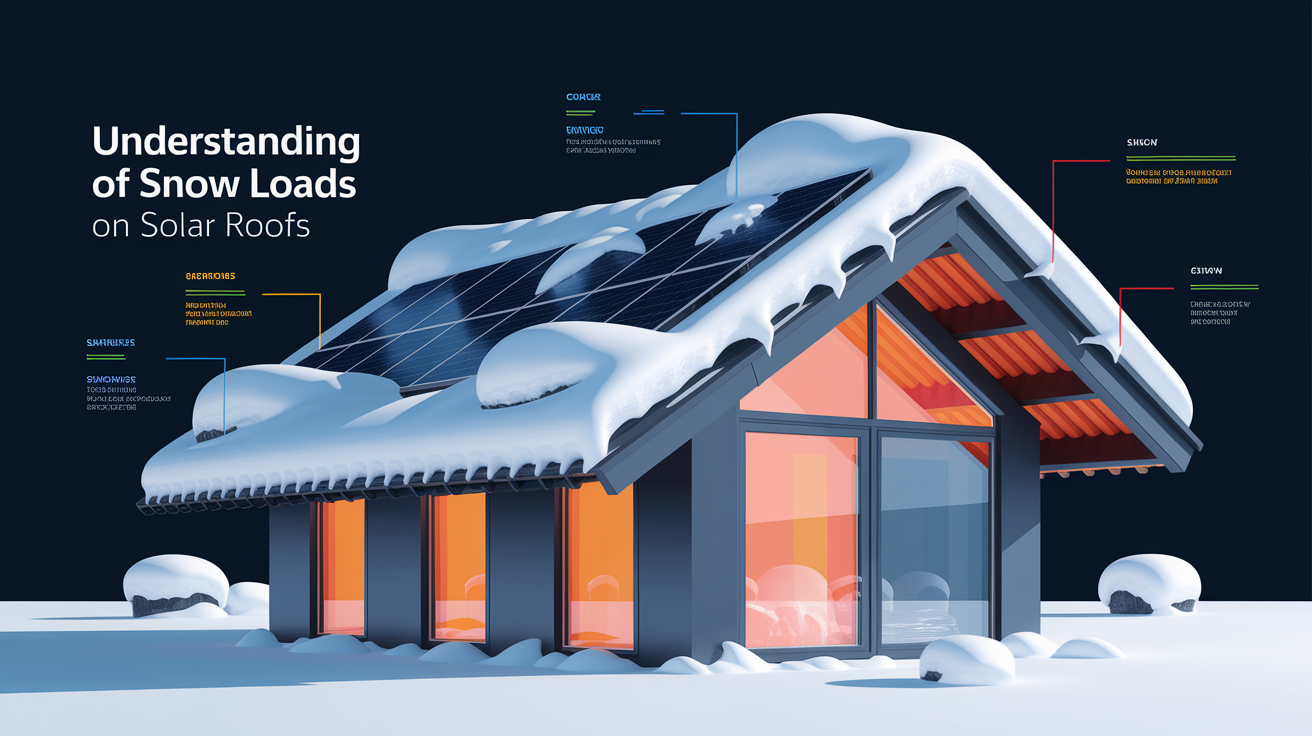Solar Roof Strong: Mastering Wind and Snow Loads
Launching Your Solar Roof Structural Blueprint
Designing a rooftop solar installation that performs reliably year after year requires more than selecting efficient panels—it demands a blueprint that accounts for the full spectrum of environmental forces. Wind and snow loads are two of the most critical considerations that influence both the safety and service life of your photovoltaic system. Whether you are upgrading a commercial facility or enhancing a residential property, integrating load planning from the earliest concept stage ensures your investment remains secure under real-world conditions.

Wind can exert significant uplift forces, while snow accumulation changes weight distribution across the roof surface. Together, these factors shape the structural engineering approach, dictate mounting system design, and affect overall project costs. Accounting for them from the outset is not optional—it is essential for structural integrity and regulatory compliance.
Assessing Roof Load Capacity
The first step in your solar structural strategy is determining how much weight your roof can safely support. This involves evaluating:

- Dead loads: the permanent weight of the solar array components, including panels, racking, and attachments.
- Live loads: variable forces such as snow accumulation, maintenance personnel, and temporary equipment.
- Roof condition: factoring in age, material type, slope, and any prior renovations.
Conducting a load-bearing analysis allows engineers to identify roof span limitations, bearing capacity of rafters or trusses, and any need for reinforcement. Older structures—particularly those built before modern snow drift considerations—may not meet current requirements without upgrades. The process typically includes a load path analysis, ensuring that forces are properly transferred from the solar array through the roof structure down to the building’s foundation.
Understanding Wind Loads on Solar Roofs
Wind loads represent one of the most dynamic environmental stresses acting on a solar roof. When panels are mounted, they alter airflow patterns and can create significant uplift pressures. Most solar panels are certified for wind speeds up to approximately 140 mph, but site-specific engineering calculations are still required.

Using standards like ASCE 7-10 wind load provisions, engineers consider factors such as roof height, exposure category, and effective wind area. For low-slope roofs or coastal regions, wind uplift resistance often dictates mounting system selection, with ballasted mounting systems reducing roof penetrations but increasing overall weight. In high-wind zones, penetrating roof attachments may be necessary despite additional waterproofing measures to protect the roof membrane.
Understanding Snow Loads on Solar Roofs
Snow loads add another complex variable to rooftop solar design. Accumulated snow creates additional weight—sometimes unevenly distributed due to drifting around panel edges. This can create sliding loads where snow suddenly shifts down-slope, exerting significant force on mounts and roof elements. The result is not only added vertical load but also lateral stresses on the mounting system.

According to structural engineering guidance, snow loads must be calculated based on geographic snow severity, roof pitch, and thermal characteristics. In colder climates, snow load distribution significantly influences solar mounting design, particularly for flush-mounted systems where snow melt and refreeze cycles can exacerbate localized stress points. ASCE 7-10 Chapter 7 offers the methodologies for determining these loads, ensuring the solar installation can withstand decades of winter conditions without compromising safety margins.
Reinforcements and Material Selection
When load calculations indicate that a roof is near or over its capacity, reinforcements become necessary to maintain structural safety. Strategies include:
- Upgrading or adding roof rafters or trusses to increase load-bearing capability.
- Installing spreader bars or beams to redistribute solar array weight more evenly.
- Opting for lighter photovoltaic modules and racking systems without sacrificing durability.
The choice of mounting materials also plays a critical role—corrosion-resistant metals, engineered polymers, and UV-stable components increase system longevity. Properly designed load transfer mechanisms ensure that both vertical and lateral forces are safely directed into the structural frame, preserving the integrity of the roof deck.
Compliance and Structural Certification
Meeting building code requirements is not only a legal necessity but also a practical safeguard. The International Building Code (IBC) and ASCE 7 standards provide frameworks for wind and snow load calculations, incorporating location-specific weather data, roof geometry, and exposure classifications.
Structural certification, typically issued in the form of an engineering report, validates that your design meets regulatory requirements for safety margins and long-term performance. This certification is often necessary to secure building permits and may be required by insurers. Codes like ASCE 7-16 further refine load estimations, including thermal factors and detailed exposure zone definitions for precise calculations.
Anchoring Success: Your Solar Roof’s Final Step
A solar roof that is engineered for wind and snow loads is one that delivers consistent energy production without structural compromise. By combining accurate load calculations, strategic material selection, and code-compliant design, your installation is positioned to thrive over its 25-year design life—regardless of environmental challenges.
The final step is meticulous installation: ensuring anchors are properly fastened, ballast is calculated accurately, and waterproofing is maintained at all penetrations. Regular maintenance and periodic inspections safeguard performance and prevent minor wear from escalating into costly repairs. With the right engineering and execution, your solar roof stands as both a clean-energy asset and a structurally sound investment for decades to come.







